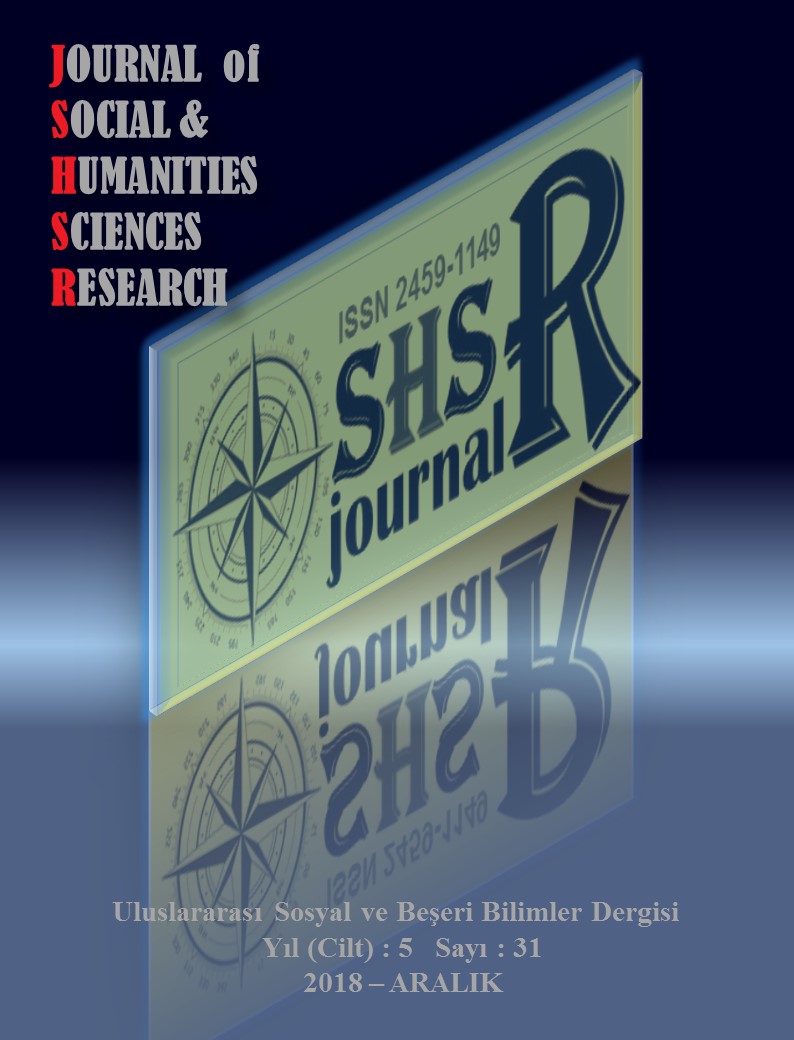INTERGENERATIONAL CHANGE OF AGRICULTURAL STRUCTURE CHARACTERISTICS OF WOMEN LIVING IN TURKISH, MUHACIR AND ARAB VILLAGES: EXAMPLE OF ADANA PROVINCE
DOI:
https://doi.org/10.26450/jshsr.925Keywords:
Rural Women, Agricultural Structure, Social Change, Intergenerational Change, The Villages of AdanaAbstract
The aim of this study is to examine the agricultural structure characteristics of the women living in Turkish, Muhacir and Arab villages of Adana province in terms of both generations and villages. A micro-sociological approach was used in the research. The main material was obtained from women by means of individual interviews. In order to identify the intergenerational differences of women, Kruskal-Wallis and one-way ANOVA tests were used. It is difficult to say that there are positive changes from first to third generation from the point of agricultural sustainability. Tendency abandon of agricultural activities was found to be high in first generation due to old age on the contrary of second generation and undecided women are consisting of majority of the third generation. Tendency of third generation will be formed according to education and non-agricultural activities in the coming years. Agricultural investments, policies, supports and financial resources should be improved in terms of gender.
Downloads
Published
How to Cite
Issue
Section
License
Copyright (c) 2018 INTERNATIONAL JOURNAL OF SOCIAL HUMANITIES SCIENCES RESEARCH

This work is licensed under a Creative Commons Attribution 4.0 International License.


